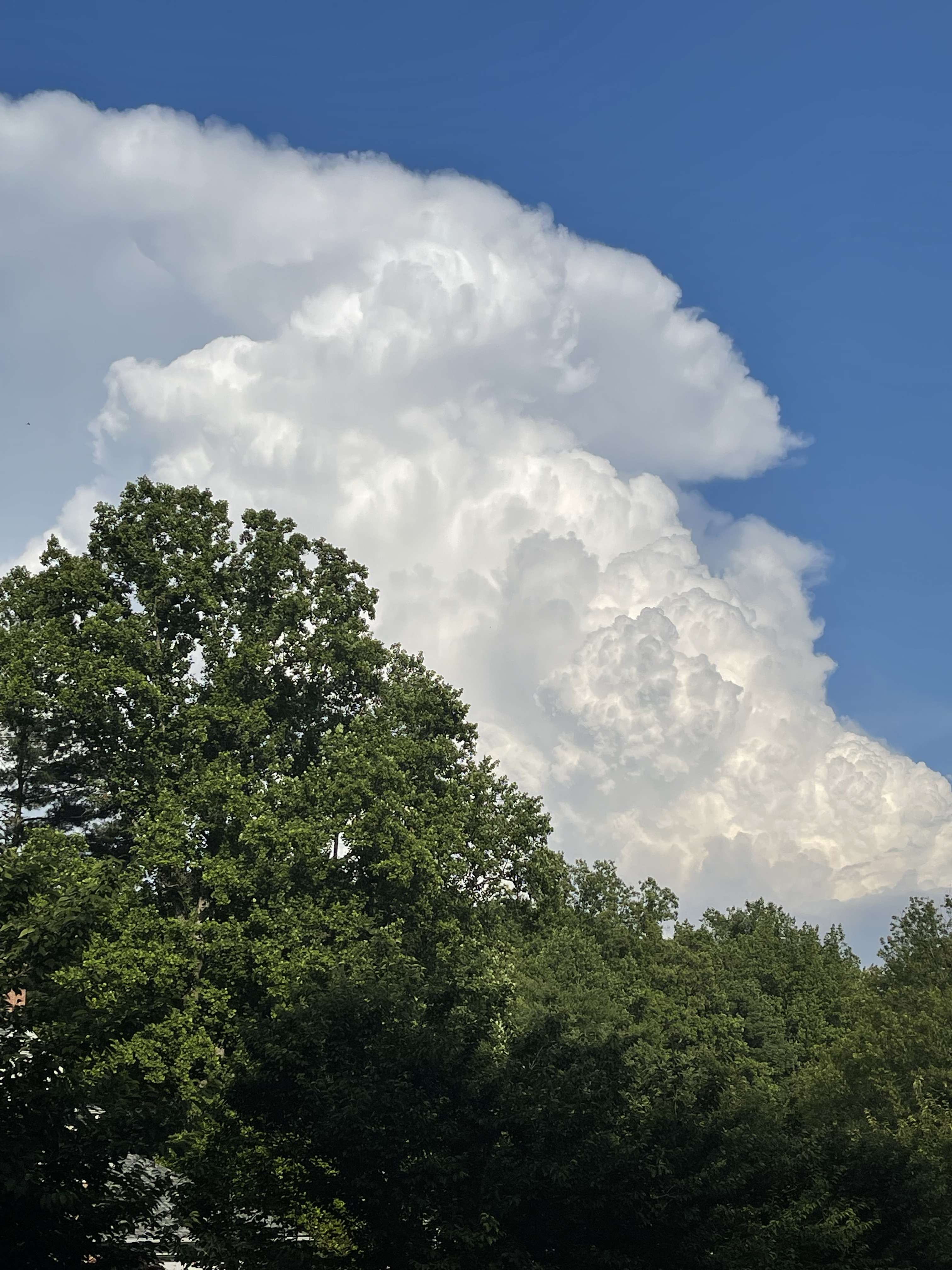-
Posts
44544 -
Joined
-
Last visited
-
Days Won
262
Everything posted by Phil
-
Drew this up as a quick reference. Not exact but good enough. Blue is the ideal 500mb (trough) loading pattern/configuration to poleward wave driving for PV/NAM perturbation and eventual high latitude blocking. The red is the ideal 500mb (ridge) loading pattern/configuration to poleward wave driving for PV/NAM perturbation and eventual high latitude blocking. http://i724.photobucket.com/albums/ww243/phillywillie/Mobile%20Uploads/450A0109-E732-4EC0-A8E7-E92C1AD2653E_zpslr9kbmit.jpeg
-
I believe we discussed this last winter. I'm telling you, that NPAC ridge simply won't re-amplify poleward unless that powerful PV can be contained. Those U-winds are just ripping from the troposphere up to the mesosphere now. The reason we saw such prolific wave amplification take place there was because the PV was so exceptionally weak..now it's recovered and it's taking over. A broad -PNA ridge actually assists in the +U-wind/+EPO system. On the other hand, the +WPO system is the loading pattern for the -EPO/-NAM and destructively interferes with the +U-wind regime in the western Arctic.
-
Yeah I'll eat a bug if that verifies.
-
What you guys desperately need (going forward) is a +WPO episode. That'll promote effective poleward WAFz which will perturb the PV/NAM enough to allow a more effective NEPAC/EPO wavebreak when the tropics favor it again (which they eventually will). A flat -PNA ridge now will work against you in the long run because it inhibits the aforementioned wave driving, barring substantial help out of Eurasia. So, if you're stuck with the broad/flat ridge, the next round of waves refract/flatten and everything slides east.
-
Haha, the 12z Para GFS goes rogue and dumps 8-12" of snow ove the region on Xmas eve, before a flip to sleet/zr thereafter.
-
The reason the recent NPAC block was able to amplify poleward so prolifically was because the PV was exceptionally weak..it met no thermal or kinetic resistance. However, in doing what it did, it allowed the TWG/U-wind components and PV column to re-strengthen, given the lack of supplementary driving, as was aforementioned. So, now we're back to square one going forward. First, we need either a massive Eurasian wavebreaking regime or +WPO regime to promote efficient poleward WAFz, which will hopefully knock up the PV/NAM. From there, the next round of NPAC wavebreaking can be more efficient with supplementary help.
-
This is the inherent danger of a -WPO configuration. Without adequate supplementation out of the Eurasia/Barents domain, it virtually shuts down poleward WAFz into the polar upper troposphere and stratosphere, which allows the PV to strengthen unabatedly. When this happens, the chances of an Arctic blast in the PNW decrease markedly. Which is why supplementary wave driving via that Scandinavian/Eurasian ridge is so crucial..and it's been lacking this year so far, and wave amplification is hard to come by when the PV is so strong..unless that Eurasian system can re-activate. Current model analyses/forecasts show the results of the recent, "un-supplemented" -WPO. Ouch: http://i724.photobucket.com/albums/ww243/phillywillie/Mobile%20Uploads/A1C54C6E-EFA6-455E-9B2A-2549C37A27A5_zpsyqiing4h.jpg
-
Yeah this is fairly straightforward. However, it's also not a stable process..under some circumstances (like a SSW/PV breakdown, for example), you'll see a cooling of the equatorial tropopause hence an ignition of equatorial convection and an abrupt Hadley Cell contraction. But it's temporary..the Hadley Cells vary significantly in the short term and are generally unstable beasts on any timescale. The expansion is a long term, low frequency type thing. They've migrated poleward by 7-8 degrees overall since the 1970s and that's enough to matter, in many cases.
-
I think you're putting too much emphasis on climate warming and not enough on natural changes to circulation and storm track. Here, 6 of our 8 largest blizzards have occurred within the last 20yrs. Records go back to the 1860s..does this sound like something you'd expect under a runaway warming scenario?
-
Yeah, there's something magical about a snowcovered landscape during the heart of winter. Whether it's walking downtown amongst the snow piles or chilling by the fire-pit, it just completes things for me. That's why I loved the winters of 2013/14 and 2009/10..basically had constant snowcover here from December through March, without any hiatus. Perfection. The last two winters have been utter failures in that regard. Just way too much up/down crap to maintain snowfalls.
-
That reminds me a lot of what happened here after the blizzard last winter. The evening after the storm, around 10pm, the southwest winds rolled out of the mountains, broke the inversion, and started roaring at over 60mph. Temps warmed rapidly from 7 degrees to 40 degrees in a few hours under clear night skies, and by the next morning we'd lost a good 12-18" of snow. Depressing stuff.
-
Winter weather advisory for Fred and UnionWx, probably an inch or two of snow with some crust on top. One thing to keep in mind here..low level cold almost always overperforms. In fact, I've never seen a low level cold wedge underperform once in my life. Loves to hang on for as long as possible. I'm in a crappy location for this one, though. Maybe a bit of frozen precipitation on the front end here, followed by some 33 degree rain and sleet. Lol.
-
23 degrees as of 1230AM. Might make the upper teens tonight though cloud cover might preclude that. If not the next shot of cold air should easily do it.
-
Thinking variable in the long run, bouts of notable warmth and extreme cold potentially. However, timing the pattern changes in winters like this can be extremely difficult and easy to screw up. Some of the data suggests we'll warm up for a few weeks around the Holidays. That's definitely not climo in this type of year, but then again, nothing has really gone to plan this year anyway so it might happen. My gut still tells me to expect a period of strong blocking during mid/late January and a shot of very cold air, with a few storm systems delivering snow/ice, possibly a legitimate ice storm at some point. For whatever reason, I've had this hunch that we're in for a nasty ice storm, but we've been chasing that ghost for awhile now. Now, if things break anomalously in the topics and we truly kill off the maritime forcing, then February could be an icebox. However, as of right now I'm leaning warm overall for that month.


